StoryWeaver Spotlight: N. Chokkan
Posted by Remya Padmadas on September 29, 2016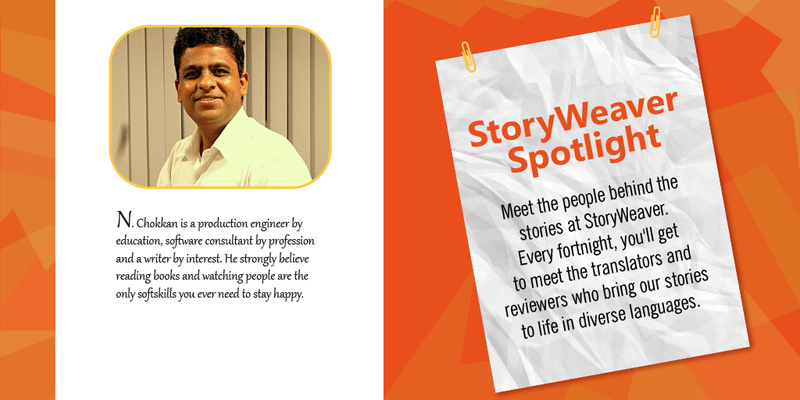
1. What do you usually read? Which language do you prefer to read in?
Like most readers, my preferences change every few years. For the previous five or six years, I am mostly reading poems (and few stories/articles) written at least few hundred years back. It is fascinating! Given a choice, I would ONLY read Tamil books :) Mainly because there is so much to read there and I am quite comfortable reading Tamil. I usually read English books for relaxation or when my work demands it.
2. Is there a favourite book / author and why is it a favourite?
Favourite book: there are many, don't want to name a single one :)
Favourite authors: J. K. Rowling in fiction, Nammazhvaar, Kambar and Bharathiar (All Tamil) in poetry, Sujatha (Tamil) in Nonfiction.
Reason: when you read just a few paragraphs from any of their work, you will immediately know that they care for their readers. I feel that is an important skill for an author.
3. You have contributed for us immensely. How has the StoryWeaver journey been?
Amazing. I loved the concept of infinite stories in different languages in a single platform. I am enjoying it!
4. Could you share one big thing that you take away from this experience?
I guess the biggest thing I learnt from StoryWeaver is that stories and images don't stop within a book.
I mean, when you read a printed picture book, you are focused on it, you complete it, close it and then you pick up the second book. A similar experience is possible with StoryWeaver too; one can read each story separately and enjoy it. But, the fun increases multifold when you look at the "picture repository". Suddenly, you see all those images at your disposal; I can mix two images from two different stories and create a third story. Someone (coming from a different background) may mix those images backwards and create a fourth story. This means you have an unlimited supply of stories, most of them may not even be written!
5. How does it feel when your story gets published online?
It doesn't create the kind of excitement I get when I see a story published in print. But then, I am not a digital native and I still love print books. So don't take this feedback personally!
6. You have translated / reviewed a handful of stories for us. Which one has been your favourite and why?
That would be "A Helping Hand" by Payal Dhar, illustrated by Vartika Sharma.
I enjoyed reading this story which talks about friendship and fitting in. It has an implicit message, even some scientific facts, but they don't disturb the story flow, which fills us with positivity.
7. What is your key driver in taking this up?
Very simple, I like writing, and I keep looking for new ways to write and learn. As I told earlier, StoryWeaver gives me unlimited options to do so.
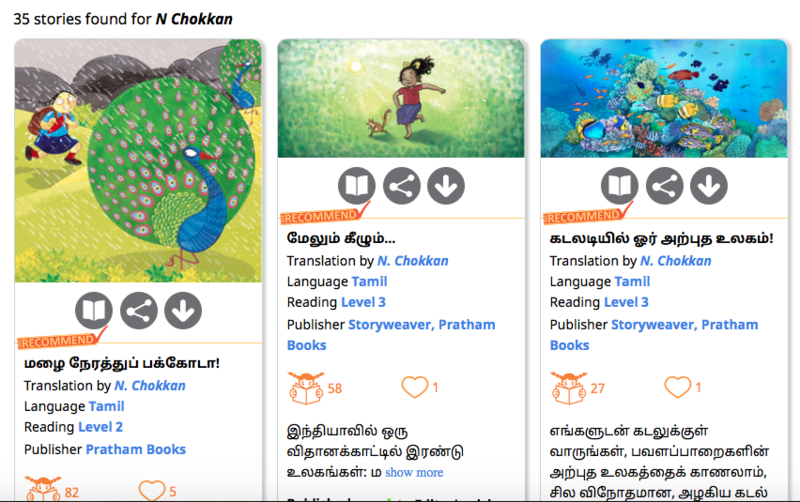
8. How else do you think we can join hands in taking bigger steps for children’s literature?
I know there are many kids' books (stories and images) which are in public domain. I feel StoryWeaver can have a crowdsourced project to bring them to its platform.
Also, given the fact that many of your target audiences may only understand their regional language (even their mother tongue) and can't read, you can think of adding the audio capability to story pages. I mean, one volunteer can read the story and hundreds of kids can listen to it, even if they can't read that language.
9. How has the overall experience with StoryWeaver been?
அருமை! ஒரு வாசகனாகவும் எழுதுகிறவன், மொழிபெயர்க்கிறவனாகவும் StoryWeaverஐ மிகவும் ரசிக்கிறேன்!
Excellent! I love using StoryWeaver as a reader and as a writer/translator!
10. What’s the secret behind your awesome professionalism?
Ah, finally an easy question :)
My teachers (in and out of school) taught me that professionalism is as important as (if not more important than) the talent. I am just trying to follow their advice. If at all I am doing well on this aspect, credits should go to them!
Be the first to comment.Different Kinds of Good!
Posted by Sherein Bansal on September 28, 2016The best part of spending time with kids is if you smile at them, sooner or later, even the shiest of kids will turn and smile back at you. No barriers, no divides, they don’t know what categories are. So they haven’t divided people into them… yet. So let’s catch the kids at that warm welcoming age when they can learn about different cultures and lifestyles, and can take such things in their stride as casually as they take their mother’s repeated request to stop throwing things around! Only books can take you through lives of people who look, live and believe differently than us. So here is a list of stories where beauty lies in the differences:
Where Did Your Dimples Go? By Radha HS and Kruttika Susarla
Have you ever tilted your head in all directions and stared hard at your parents trying to figure out how you look like them? Langlen didn’t have to look so hard. Her Manipuri mother and Tamil father were ready with all the answers her curious mind could think of! Available in ten Indian languages!
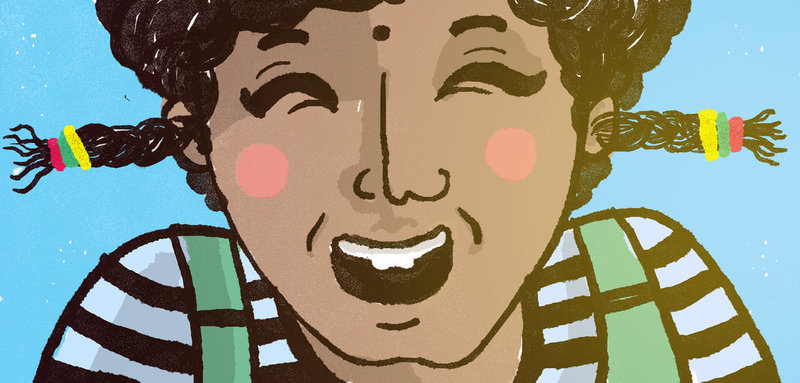
बारिश में क्या गाएँ? By Mala Kumar and Manisha Chaudhry
You can almost hear the earthy tones of a wind-swept Rajasthani voice in this story. And then a dinosaur comes in. No, seriously. See how these two contrasting elements literally make it rain in this story, translated in French, Italian and Japanese too!
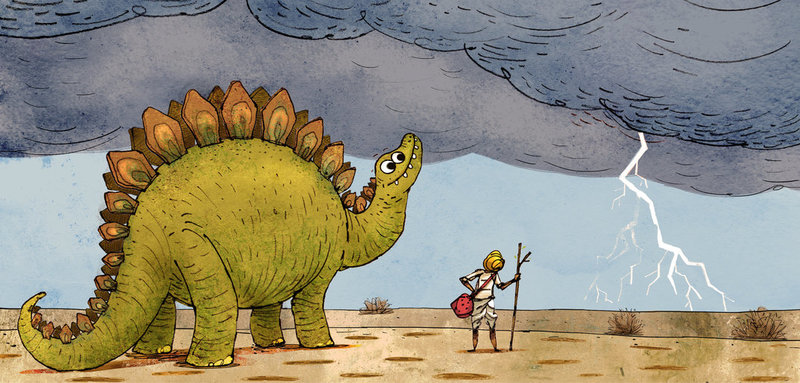
My Car By Phidi Pulu
He loves his car. Angry mother or broken teeth, come what may, he will drive it everywhere. Take a ride to the moon and the stars with Khaidi. Read about his car in Telegu and Konkani too!
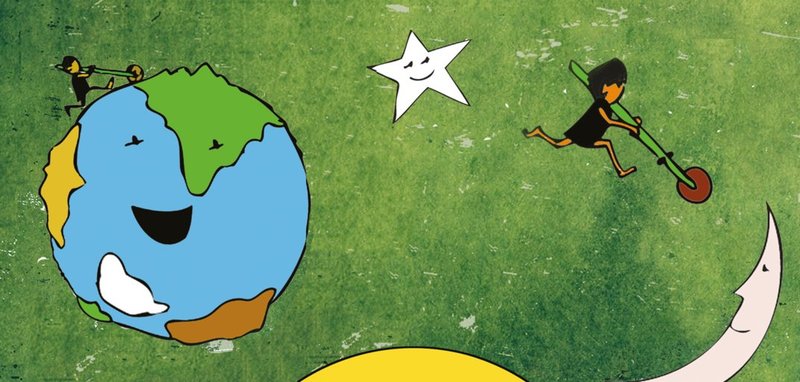
Sam's Christmas Present By Annie Besant and Alicia Souza
It’s Christmas! And what do most kids care about during Christmas? Presents! Sam has been looking for his present…. In every corner of the house. Will you help him? Available in Hindi and Marathi!
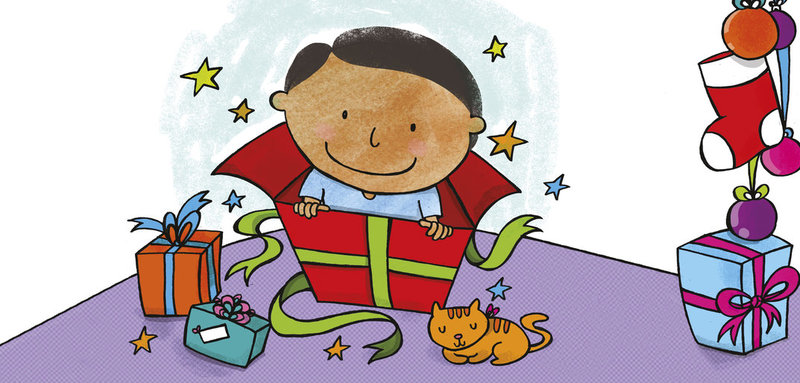
Chuskit Goes to School! By Sujatha Padmanabhan and Madhuvanti Anantharajan
This here is a heart-warming one. Chuskit wants to go to school. Seems simple enough for most of us reading this through our digital devices. But for a girl on a wheelchair with the rough landscape of Ladakh, this basic wish soon becomes a matter of privilege. Read how one smart and kind gesture of a little boy helped Chuskit go to school.
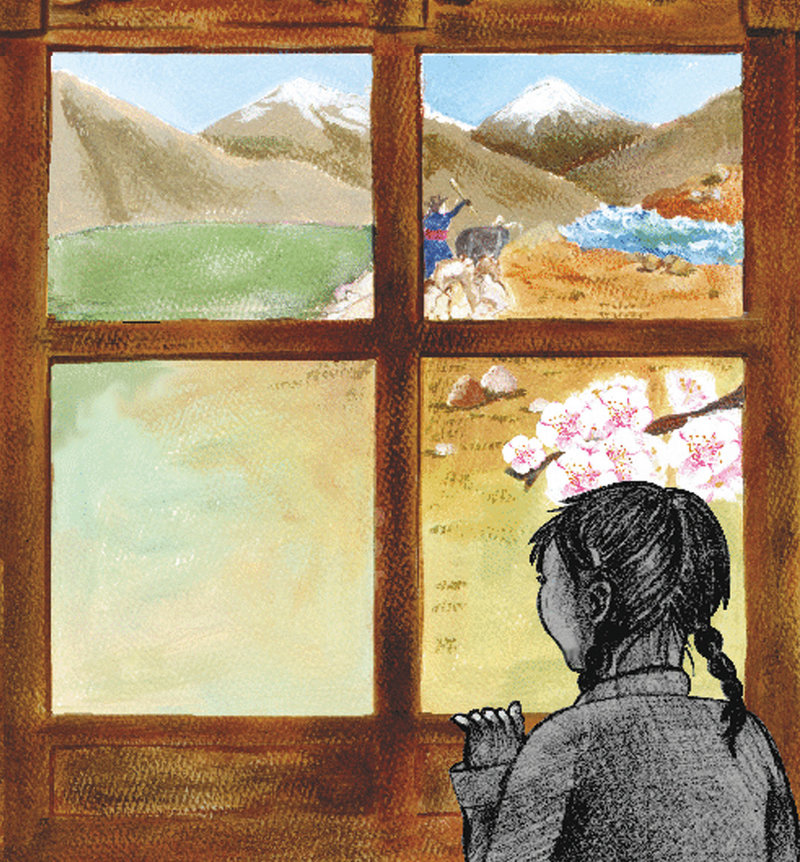
The Boink Mystery By Mala Kumar, Manisha Chaudhry and Soumya Menon
You get a huge mixing pot of traits, complexities and cultures when you look at a basic classroom. The Boink Mystery translated in Bengali, Kannada and other languages, will speak to you through a child’s perspective of a cluttered world; it will even speak to you through a small blue alien!
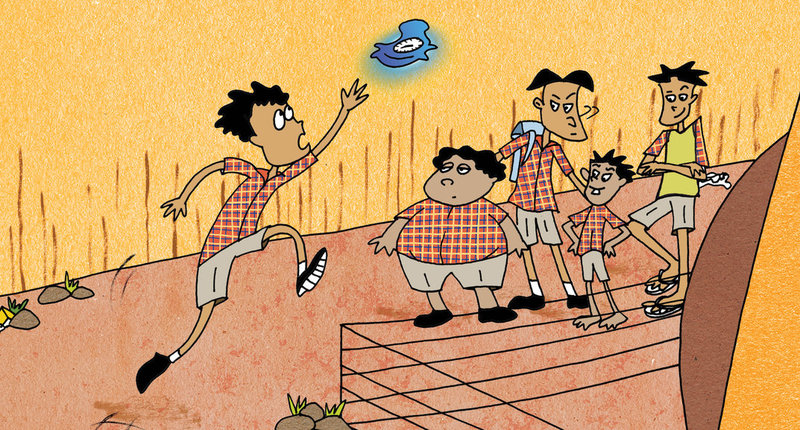
How Old is Muttajji? By Roopa Pai and Kaveri Gopalakrishnan
Grandparents are old. Sure. But HOW old exactly? Too many grandparents around us don’t know their exact age. When Putta and Putti found out that their sweet Muttajji doesn’t know her age, they decided to embark upon an investigation that led them through some of the most fascinating chapters in Indian history. Read this popular story and be enthralled in Bengali, Gujarati, Tamil, Marathi and many more languages!
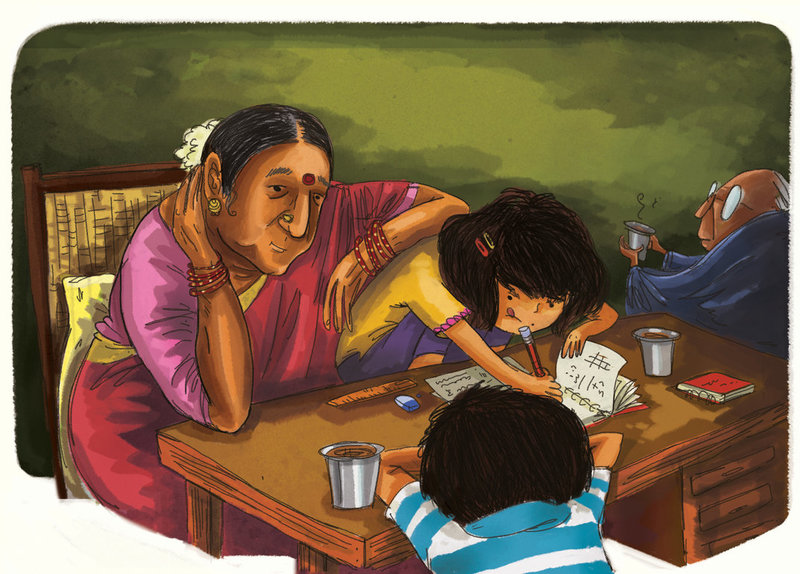
Susheela's Kolams By Sridala Swami and Priya Kuriyan
Imagine making kolams so pretty, so popular, that they make their way to the skies. Susheela is exceptionally proud of her kolams, now that even the Air Force has taken special interest in them! Read this story in 9 languages and enter her visually beautiful world that’s tied together with traditions.
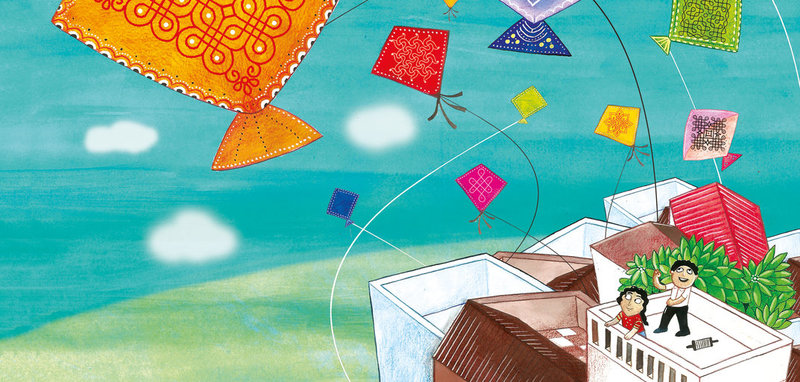
Mangoes And Mischief By Sreedevi Gopakumar and Sahitya Rani
You know how they say that when we are hungry, we eat like a monster. So what happens when an actual monster gets hungry? Maangasura, the lover of Mangoes and all Mango meals, is here! Moidootty and Malu must gather their wits… and lots of mangoes… to break his curse. Read this latest upload on StoryWeaver to find out if they succeed!
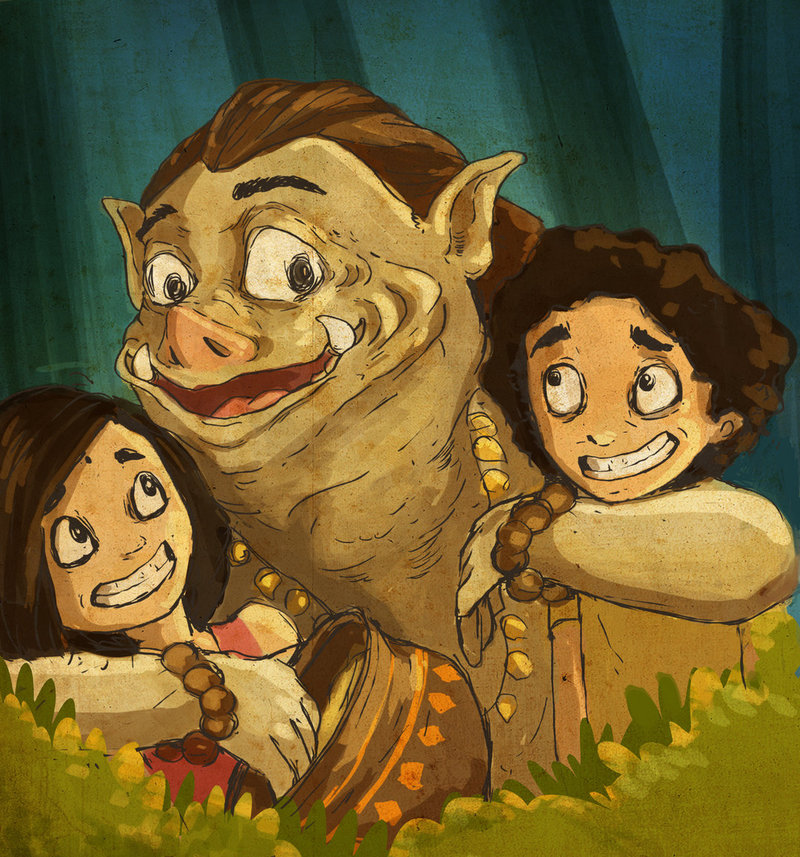
First House By Nabanita Deshmukh and Phidi Pulu
Our journey of increasing our comforts is possibly never-ending. We didn’t always have four walls around us to keep us warm and a roof over our heads to keep the sun and rain away. Then how was the first house made? This story, set in present day Arunachal Pradesh, imagines the answer to that question, and even involves the beautiful creatures of that area. Read in Tamil and Kannada too!
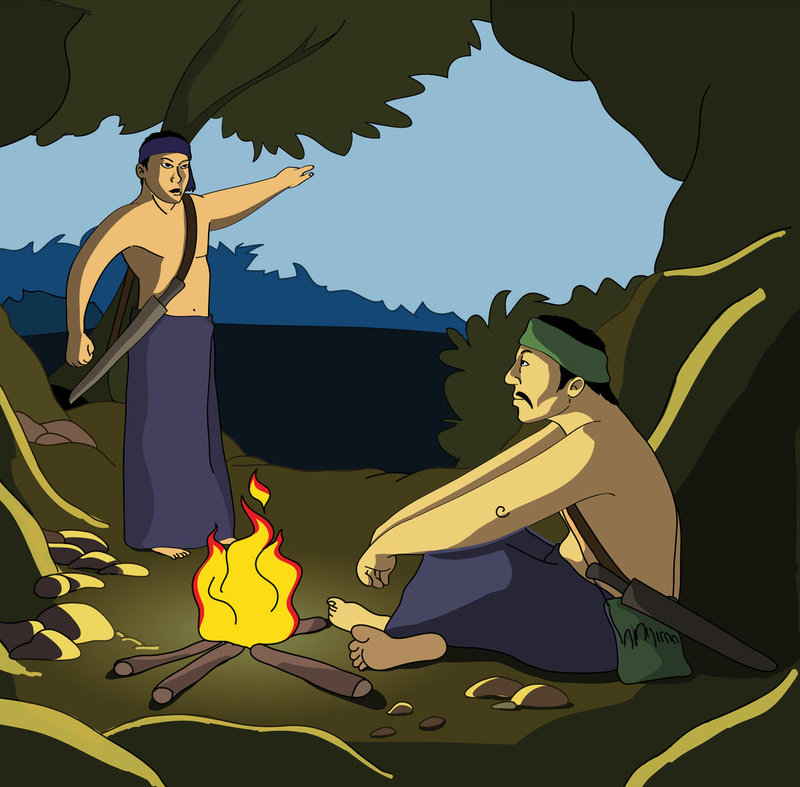
I am Tashi By ROGPA NGO, Dhasa
Want to see the stunning landscape and lifestyle of Tibetans through a nine year old’s perspective? Let’s take you through the Tibetan Himalayas, meet some Buddhist pilgrims on the way, and have some tea and momos too! Read this beautifully illustrated story that’s written by our community member in English and Tibetan.
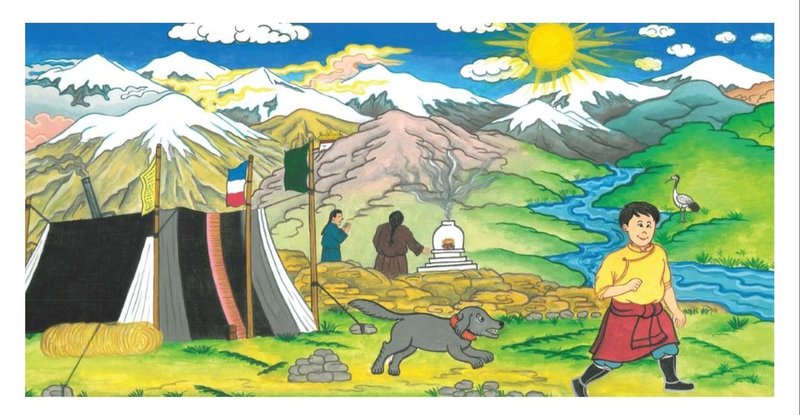
Do you have a favourite story that talks about different kinds of good? Tell us what it is in the comments, or on Twitter and Facebook!
Be the first to comment.
Getting bookish in Baggilipalli, and other distant places
Posted by Remya Padmadas on September 27, 2016Joeanna Rebello writes about how free libraries are making readers of children in small towns and villages for The Times of India. She also mentions StoryWeaver and our Freedom to Read campaign, and highlights the work being done by our outreach partner the Agastya International Foundation and community member Tenzin Dhargyal.
"For Subramanya Shastri, project manager at Agastya International Foundation which has established libraries in 70 villages in Andhra Pradesh, Tamil Nadu and Karnataka, the goal is to get children to first read and write fluently in their mother tongue before progressing to other languages. "Each library has 150 to 200 books for grades three to ten, in three to four languages based on the local demographic," says Shastri. Unfortunately, books written in regional languages are limited, and translations (from dominant languages) are few he observes.
It's a problem that seems to have found one solution at least. Last September on World Literacy Day, Pratham Books, the not-for-profit children's publisher, launched an open-source online platform making available 800 stories in 24 languages, including 20 STEM titles.
The platform, Story Weaver, provides tools to enable readers to translate stories in different languages and scripts, and even rewrite available stories for higher or lower reading levels. It now has over 2,000 stories in 51 languages including Tibetan, Sanskrit, Banjara and Gondi. Their most recent campaign, Freedom to Read, launched this World Literacy Day on September 8, Pratham Books pledges to add 15 new languages to the list.
A few months ago, Tenzin Dhargyal, an English teacher at the Tibetan Children's Village School in Suja, Himachal Pradesh, started translating Story Weaver's works in Tibetan. "Most of the books donated to us are in English," he says. To encourage reading in their mother tongue, and supplement the stock of 33 books he and his colleagues have translated on Story Weaver, Dhargyal plans to assign older school children with 'translation' homework."
You can read the rest of the article here.
Be the first to comment.